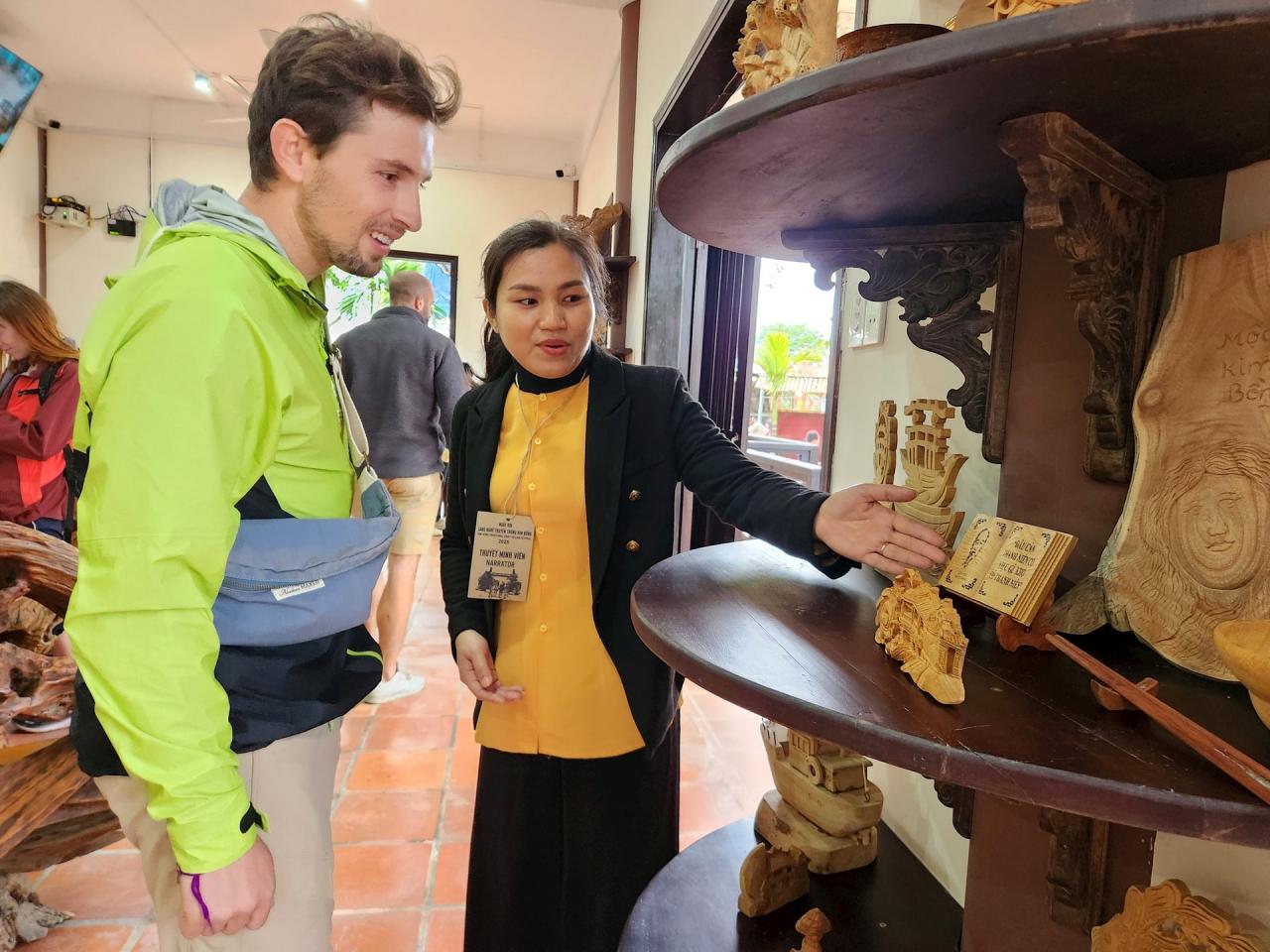
Risk of extinction
After Tet, many craft villages, especially in the northern part of the province, are busy holding traditional festivals. During the two days of the village festival (January 11 and 12), Kim Bong carpentry village (Cam Kim commune, Hoi An city) welcomed thousands of visitors to the festival and shop at the rural market. However, the row of carpentry production facilities located behind the Kim Bong Traditional Carpentry Reception and Exhibition House is still quite deserted.
Mr. Pham Xuan Nguyen - owner of a production facility here said: "Very few tourists visit the facility, if they do, they mainly visit and do not buy. The facility's sculptures, including those recognized as OCOP products, are only sold sporadically and sparingly. The main job of me and some of my fellow workers is to do civil carpentry to maintain our livelihood."
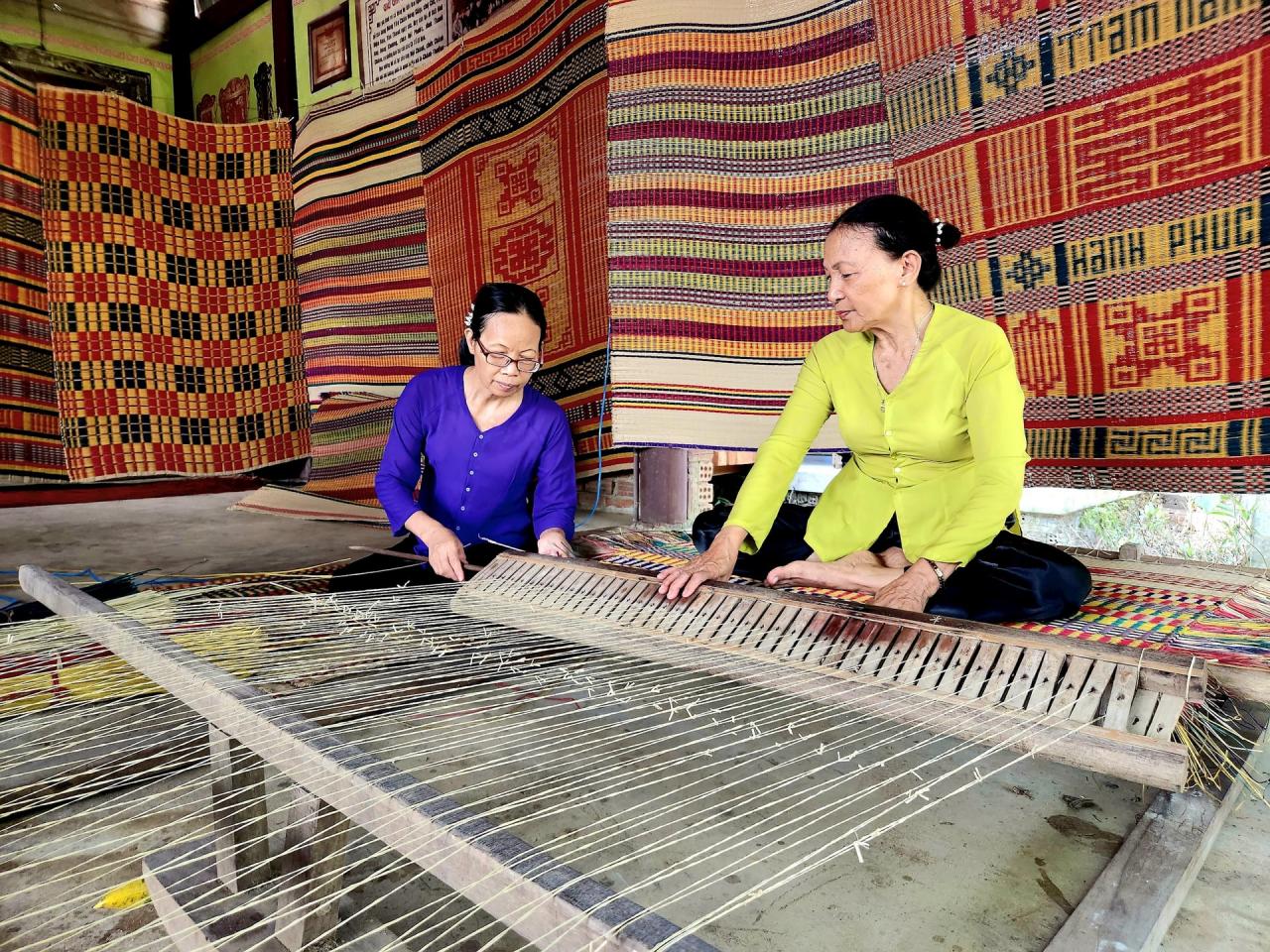
In Dien Ban, the ceremony to commemorate the ancestors of Phuoc Kieu bronze casting village (January 12) was attended only by the elders and some remaining craftsmen of Phuoc Kieu village (Dien Phuong ward). Currently, there are less than 10 households in the village still practicing the craft.
Mr. Duong Ngoc Tien - Director of Dong Phuoc Kieu Trading Service Company Limited said that in the past, according to custom, when organizing the death anniversary of Phuoc Kieu bronze casting village, the whole village had to attend, but gradually it has decreased, the younger generation cannot inherit it. Hopefully next year, after the ceremony, a festival will be organized to connect the generations of the village, maintaining a unique cultural event of the homeland.
According to the Department of Agriculture and Rural Development, there are currently about 14 craft villages in the province that are operating at a low level and not maintained regularly. Among them, some craft villages are at high risk of disappearing, concentrated in craft villages such as bamboo and rattan weaving, conical hats, mat weaving, fabric weaving, brocade weaving, etc. According to the Department of Science and Technology, more than 50% of traditional crafts and craft villages in the province were born based on locally available raw materials.
Currently, many handicrafts are facing difficulties in raw materials (mat weaving, silk weaving, pottery, brooms, etc.). Therefore, it is necessary to review and re-evaluate the existing raw material sources and the level of meeting the needs of craft villages in order to have a mechanism to support and encourage the maintenance and restoration of raw material areas. In addition, it is necessary to coordinate with a number of other provinces and cities to share, supply, and resolve the scarcity of local raw materials.
Accept and adapt
Due to the characteristics of craft villages, many rural craft establishments all do the same job, produce similar products, monotonous designs, and high product prices...
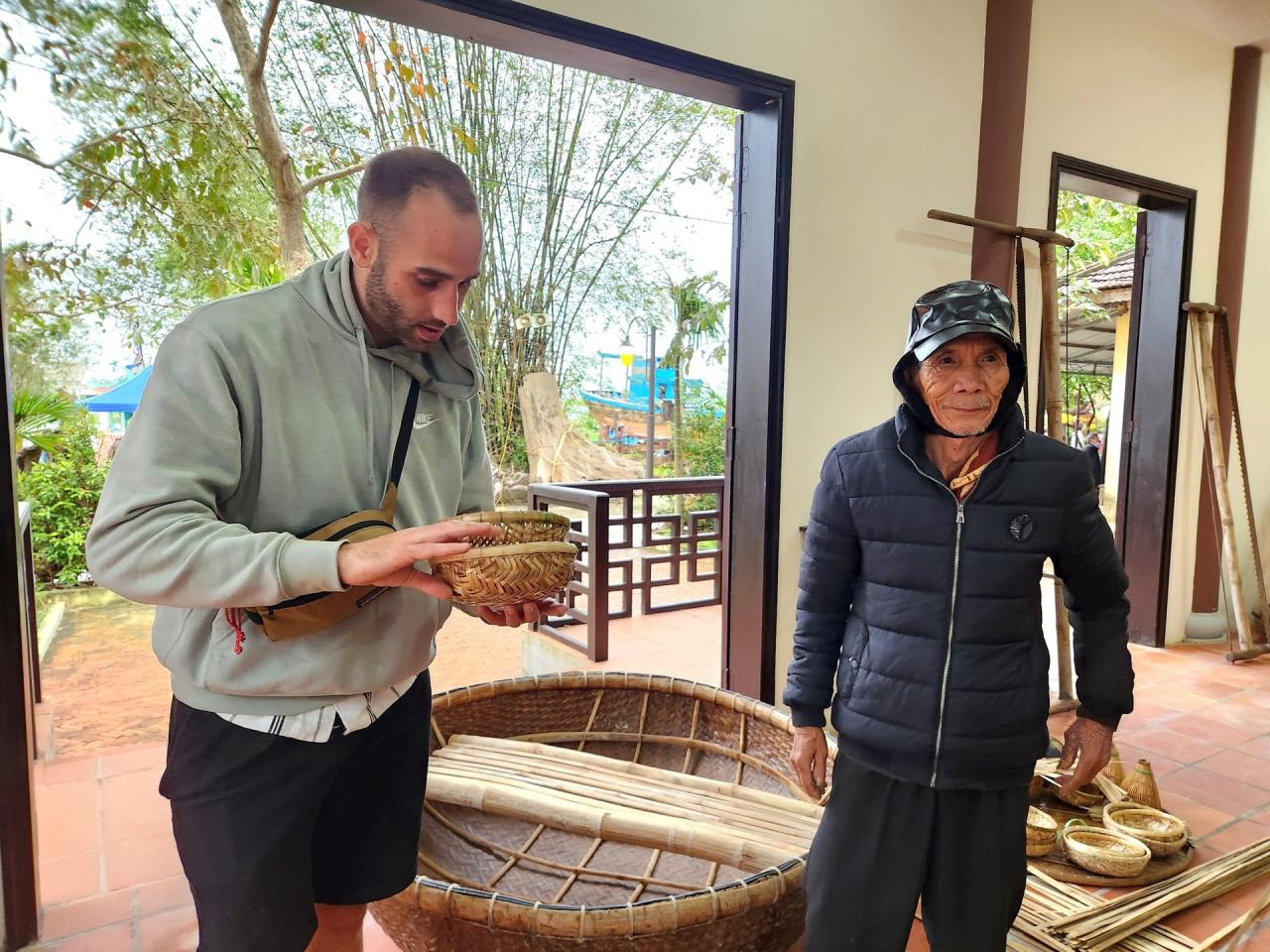
In addition, the habits of most consumers have changed, switching to more convenient products, such as mattresses instead of mats; plastic baskets and trays instead of baskets and trays made from rattan and bamboo; cloth hats instead of conical hats..., leading to slow consumption of products.
According to experts, craft villages that want to develop and expand need to restructure themselves sustainably in the following order: Restructuring products, focusing on developing existing traditional products of the craft village but suitable to customer tastes. Along with that, creating new products and exploiting the maximum space of e-commerce.
Last year, the project “Hoi An - Digital Craft Village” received the Kotler Awards 2024 in the category of “Influential Digital Technology and Innovation”, opening up many prospects for maintaining the vitality of craft villages based on the digital environment. However, craft villages in Hoi An have unique advantages to survive that are difficult to compare in most other areas in the province, which is based on tourism.
Mr. Pham Viet Tich - Director of the Department of Agriculture and Rural Development said that for the professions and craft villages that are fading away and are likely to disappear, the authorities will determine that preservation is the main task. From there, they will conduct investigations and develop projects to maintain households or groups of households and artisans performing "performances" to preserve and pass on the profession and serve the needs of tourism and culture.
As for the professions and craft villages that are facing difficulties, support and create conditions for artisans, skilled workers and establishments in the craft villages to maintain stable production of unique products to serve the daily life and festivals of the community. After that, step by step, products with high economic value will be developed, meeting the needs and tastes of domestic consumers and for export.
Source: https://baoquangnam.vn/lang-nghe-xu-quang-va-nhung-uu-tu-thoi-cuoc-3148903.html


![[Photo] General Secretary To Lam meets with veteran revolutionary cadres, meritorious people, and exemplary policy families](https://vstatic.vietnam.vn/vietnam/resource/IMAGE/2025/4/15/7363ba75eb3c4a9e8241b65163176f63)
![[Photo] Welcoming ceremony for Prime Minister of the Federal Democratic Republic of Ethiopia Abiy Ahmed Ali and his wife](https://vstatic.vietnam.vn/vietnam/resource/IMAGE/2025/4/15/77c08dcbe52c42e2ac01c322fe86e78b)

![[Photo] Ho Chi Minh City after 50 years of national reunification through buildings and symbols](https://vstatic.vietnam.vn/vietnam/resource/IMAGE/2025/4/15/a224d0b8e489457f889bdb1eee7fa7b4)
![[Photo] National Assembly Chairman Tran Thanh Man attends the summary of the organization of the Conference of the Executive Committee of the Francophone Parliamentary Union](https://vstatic.vietnam.vn/vietnam/resource/IMAGE/2025/4/15/fe022fef73d0431ab6cfc1570af598ac)
![[Photo] Air Force actively practices for the April 30th celebration](https://vstatic.vietnam.vn/vietnam/resource/IMAGE/2025/4/15/16fdec3e42734691954b853c00a7ce01)


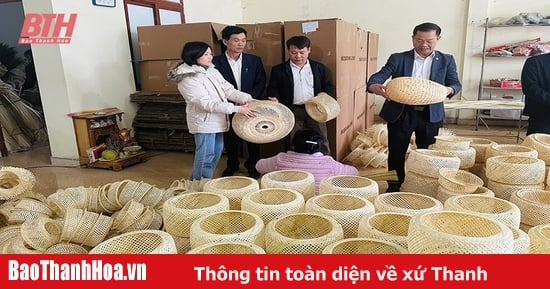




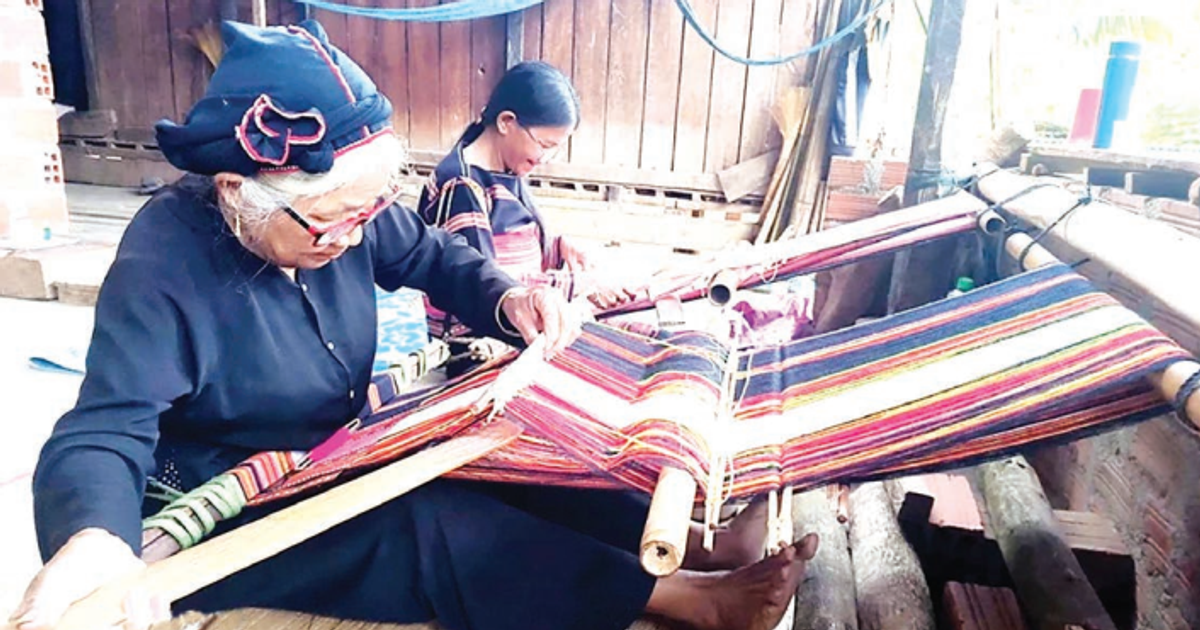

























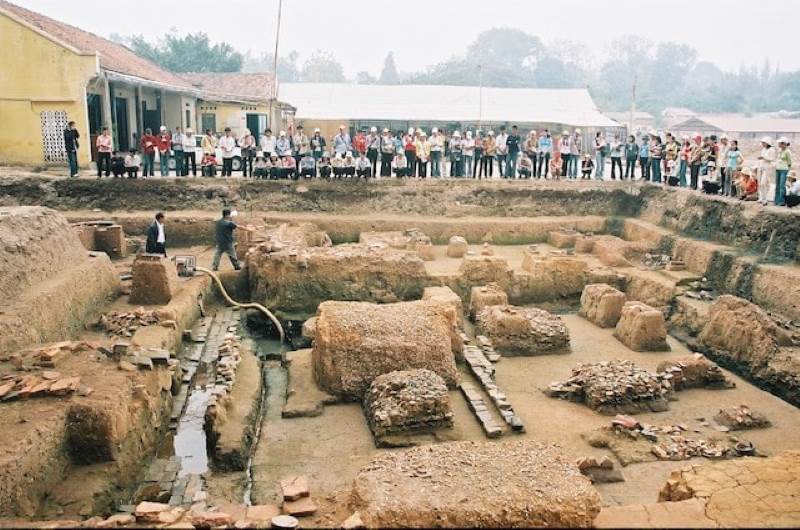



















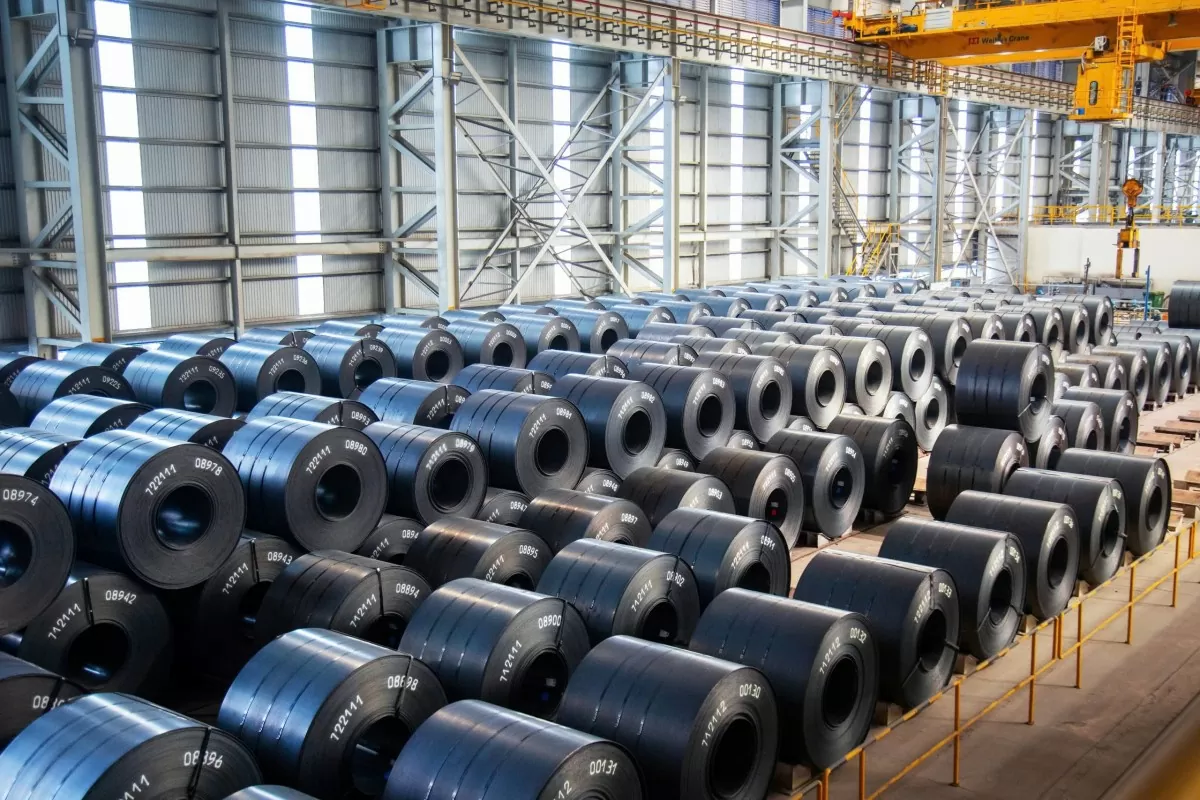








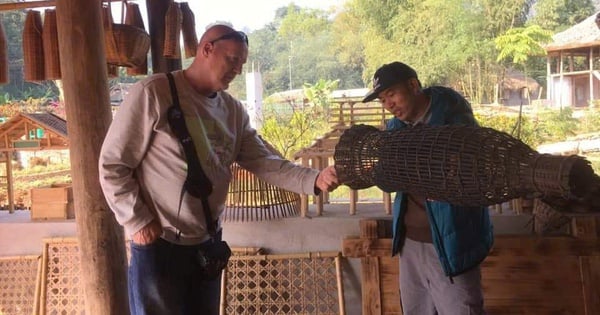










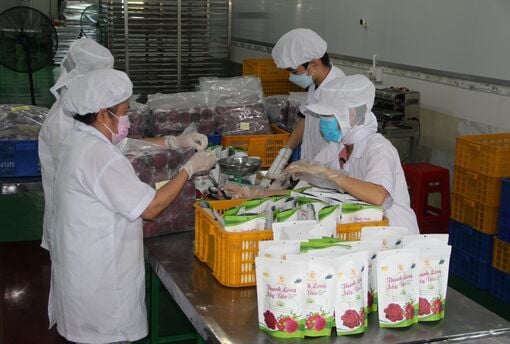




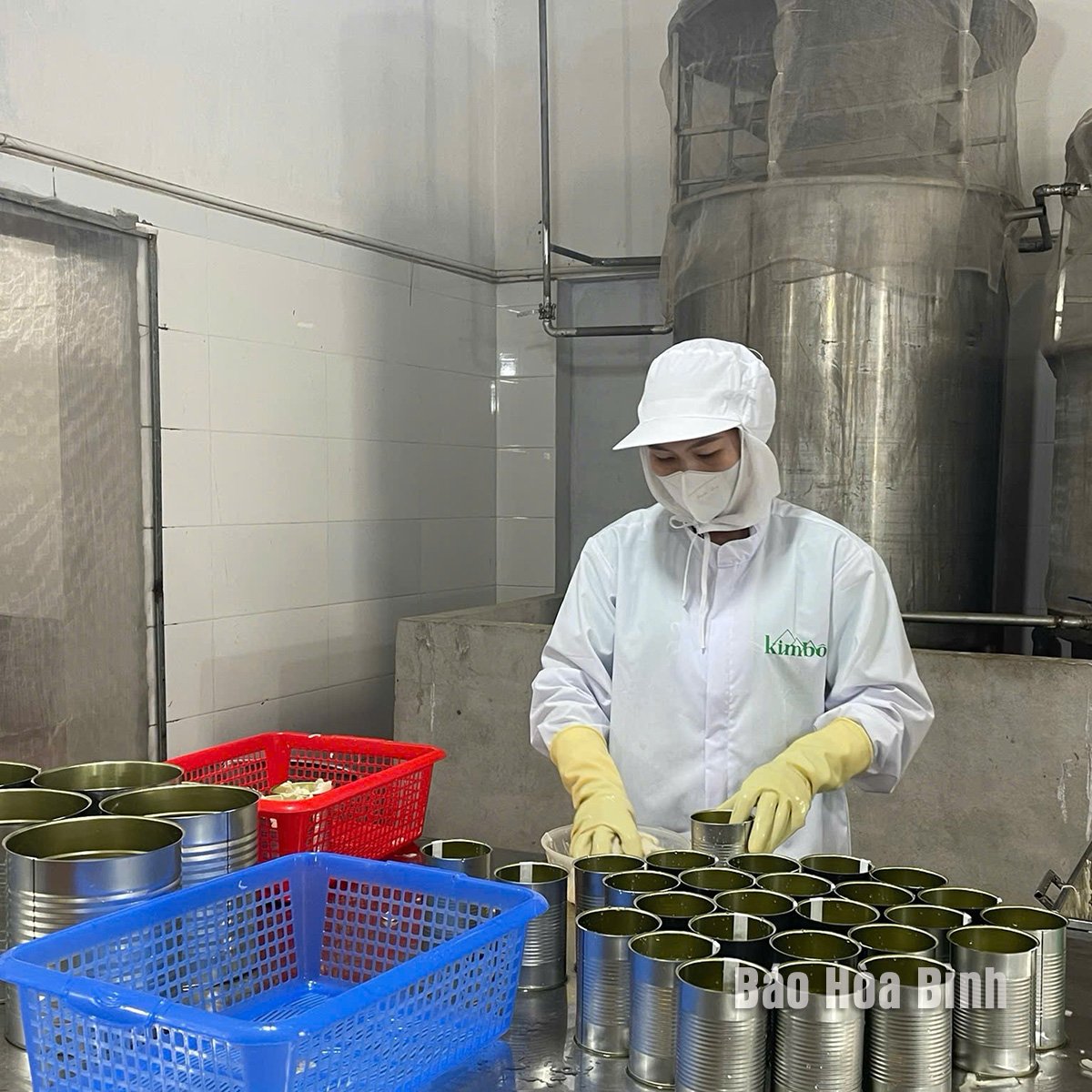

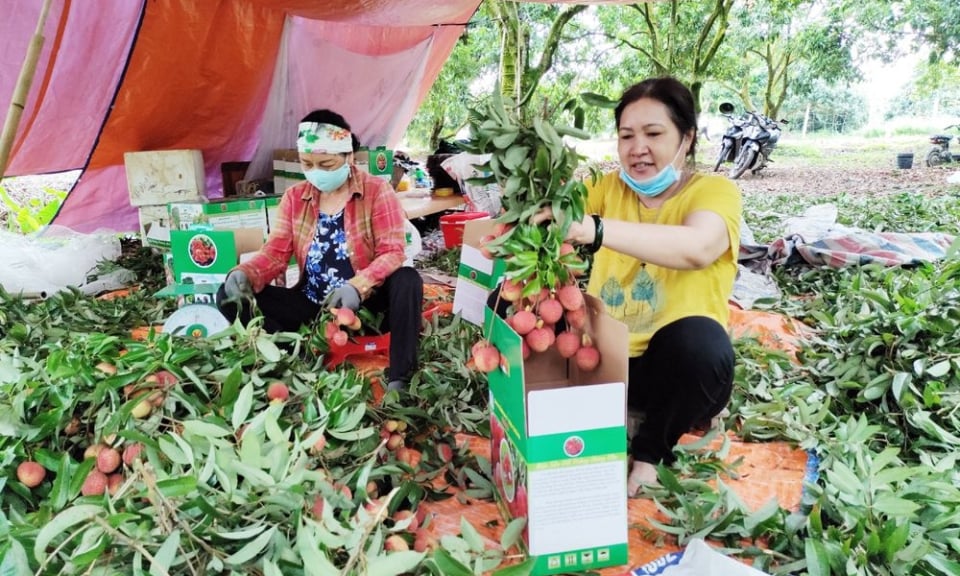

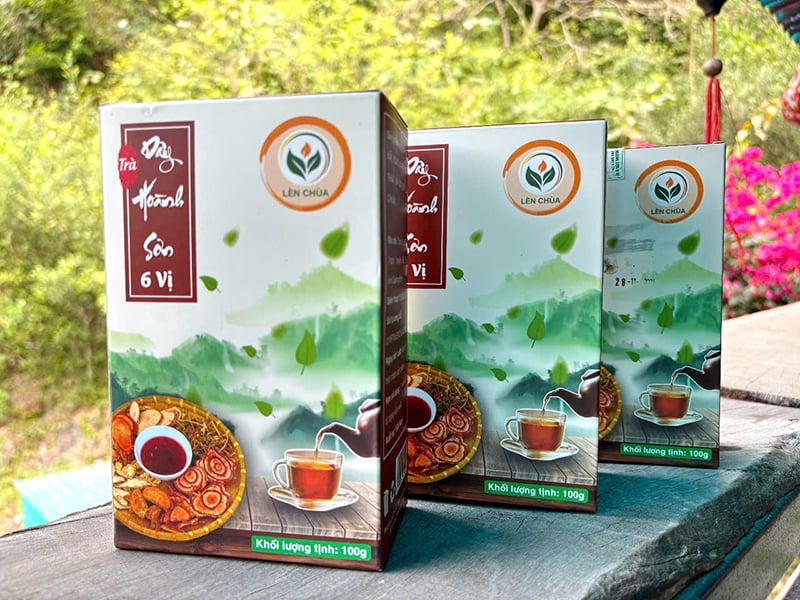
Comment (0)